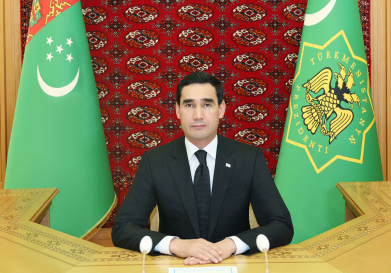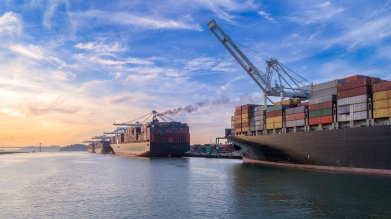A Whale Lake in Central Asia, Captured from the ISS
18.03.2021 | 20:25 |Cosmonaut Sergey Kud-Sverchkov took a picture of Aydarkul Lake in Uzbekistan from the ISS. This is the second largest body of water in the region after the drying up Aral Sea. Half a century ago, a strong flood occurred at Shardara Hydroelectric Power Station and the floodgates were opened, and the lowland for the first time began to fill with the waters of Syr-Darya.
“I present you Aydarkul – a large internal-drainage lake in the north-eastern part of Uzbekistan, which is also an artificial reservoir in the Arnasay lake system. From a height of 420 km, the lake resembles a whale,” the flight engineer of the International Space Station signed the photo. Noting the surprising similarity, he put a smiley in his post.
Sergey Kud-Sverchkov told subscribers in social networks that the reservoir is located at an altitude of 247 meters and is part of the Arnasay lake system, which occupies a huge salt marsh basin:
“This picturesque lake is often called the “turquoise sea in the sand” due to the beautiful color of the water and the impressive size, which is well appreciated from the International Space Station’s view.”
The cosmonaut noted that Lake Aydarkul attracts many tourists,
“People come here to admire the untouched nature and beautiful landscapes. You can swim, fish, go boating, and observe wild animals and birds at the reservoir.” Earlier, from the station Sergey Kud-Sverchkov showed subscribers Vulkan on the shore of the Caspian Sea, the lake from Avesta: and the flight of an Indian spacecraft over Turkmenistan. And also his Hometown – Baikonur. During a video message with subscribers, the cosmonaut also answered several questions of the ORIENT author.
Leonid KIYASHKO,
member of the Guild of Interethnic Journalism of Russia, Ivanovo











